Global Customer Service Standards: Adapting Rules Across Cultures
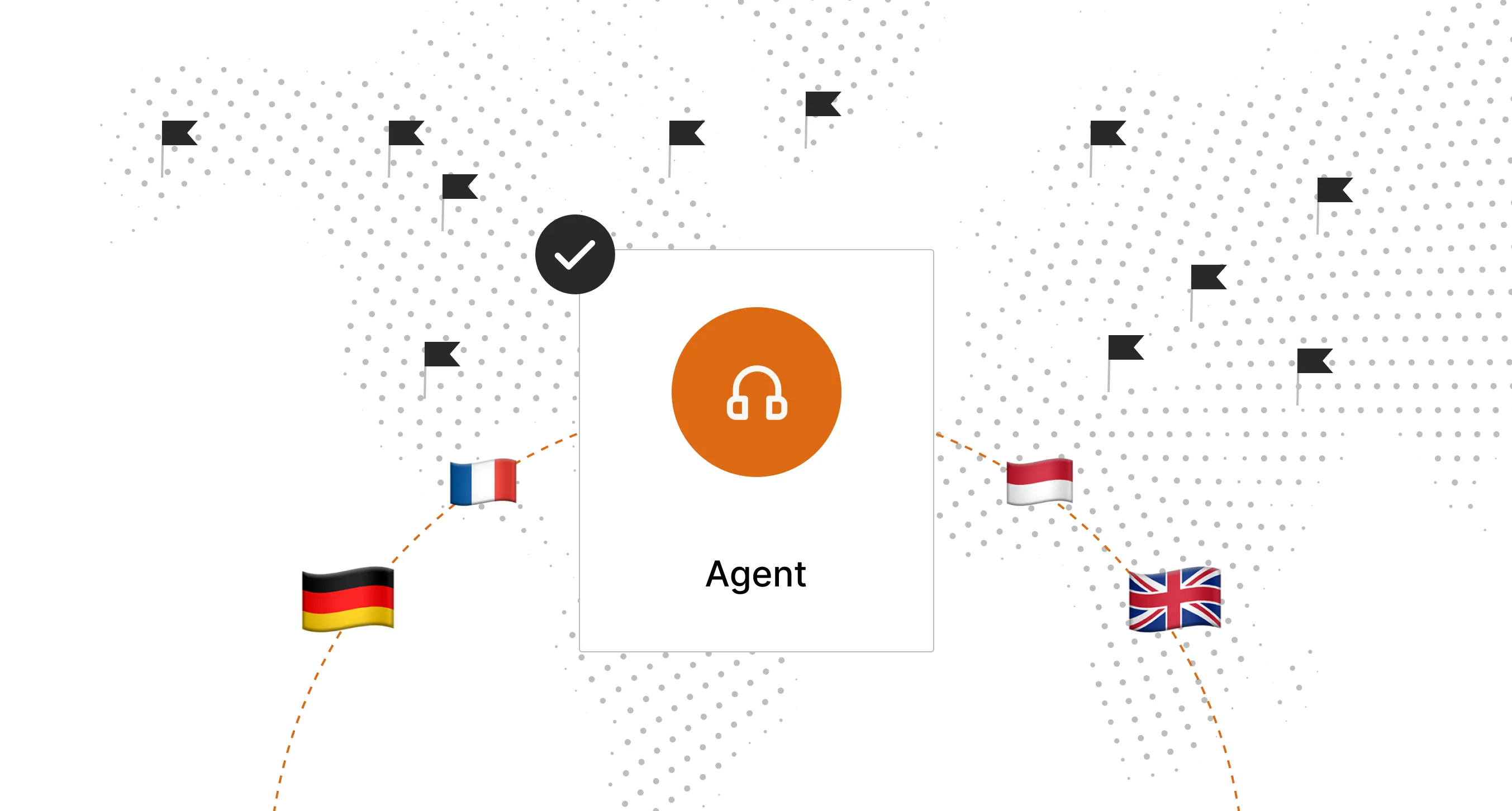
There’s a saying, “different strokes for different folks,” and it couldn’t be more applicable than when discussing culturally appropriate customer service. People’s ideas of excellent customer service differ, and this is essentially a result of the diversity of our cultural experiences. Truly, it's both our personality and culture that shape our perception, preferences, communication, and behavior. And that’s why any business that wants to keep its customers happy should look deeper into developing culturally sensitive customer service performance standards.
What are Customer Service Standards In Cultural Adaptation?
Cultural sensitivity in customer service has long been a topic of discussion. Since our reality has become (almost) fully digitalized, almost every business can now (and actively strives to) reach global markets far beyond their place of origin, engaging with customers from vastly different cultural backgrounds on a daily basis.
Thus, we already have an approximate set of customer service rules to help companies adapt to the versatility of their audience. Below, you will find the 3 most commonly recognized criteria of culturally sensitive service.
Cross-Cultural Awareness
To deliver culturally sensitive support is to understand that communication styles, expectations, service preferences, and even perceptions of respect and quality vary widely across cultures.
Before adapting both the product and support services for a specific audience, businesses must invest time in researching and defining the cultural profile of their target market. This foundation ensures every subsequent effort is informed, relevant, and truly resonates with customers.
Anticipatory Approach to Customer Assistance
Anticipating potential problems that your customers may encounter is critical for providing culturally sensitive support. Why? Well, it’s because proactive anticipation of issues and needs helps manage the audience’s expectations about the services received, and reduces further conflicts.
Taking into account all the cultural nuances, companies can personalize support, tailoring their tone, response times, and service methods to meet customer expectations from the very first interaction.
Continuous Cultural Sensitivity Training
To make sure support agents understand and respect cultural differences, businesses should run cross-cultural training. During these sessions, team members should be encouraged to share their experiences working with different cultures. If the team is multicultural, it’s even better to have members talk about their own cultural norms. This shared knowledge can then be used in role-playing real-life scenarios, helping agents practice how to handle different situations and adapt quickly when needed.
Cultural Sensitivity Training: What Exactly Support Agents Should Know
Proper agent training is probably the most significant part of making sure the support you provide is truly adaptive to different cultures. We’ve done some research and collected the key topics that training should cover to ensure your agents follow the highest standards for customer service.
1. Cultural context: high- vs. low-context cultures
The anthropologist Edward T. Hall was the first to introduce the concept of high and low context cultures. Their difference lies mainly in the predominant communication styles:
- Low-context cultures → very direct, explicit, assertive, and individualistic, rely on words; most Western cultures are in this category.
- High-context cultures → more formal, relationship-based, rely on context and non-verbal cues (e.g., gestures, facial expressions); most Asian cultures are in this group.
Of course, nothing fits into strict boxes, yet the understanding of the cultural context the customers are coming from helps agents build their communication accordingly.
Example: Imagine a support agent needs to inform a customer about a delay in shipping.
- With a customer from a low-context culture (e.g., the Netherlands or the U.S.):
The agent would be direct and explicit: “Your order will arrive three days later than expected due to a supply issue. We apologize for the inconvenience and have issued a 10% discount on your next purchase.”
Here, the focus is on clear details, timelines, and solutions.
- With a customer from a high-context culture (e.g., Japan or China):
The agent could opt for softer formulations: “We truly value your patience and understanding. There has been an unexpected delay with your order, and we are doing everything possible to ensure it reaches you as soon as possible. Please let us know if there’s anything we can do in the meantime.”
Here, formality is maintained, the emphasis is put on the relationship, and overly blunt statements are avoided.
2. Cross-cultural communication
Recognizing context clues is great, but the sole recognition is not enough to establish effective communication. When we discuss cross-cultural communication, we also need to consider such simple, at first glance, aspects as tone, language structure, idioms, and cultural references. Thus, agents should learn how to keep their messages simpler and easier to follow.
Example:
A support agent needs to explain to a customer how to reset their account password.
Less effective response:
“Hey there! No worries, we’ll get you back into your account in no time. All you need to do is hop over to the login page, hit the ‘Forgot Password’ button, and then just follow the instructions—super easy, promise! Once you’ve done that, you’ll be good to go!”
→ This reply is casual and full of personality, but it uses idioms (“hop over”, “super easy, promise”) and a long sentence structure that might confuse non-native English speakers.
More effective response (clear, structured, and easy to follow):
“Here’s how you can reset your password:
1. Go to the login page.
2. Click Forgot Password.
3. Check your email inbox for a password reset link.
4. Follow the link to create a new password.
*Tip: If you don’t see the email, check your spam or junk folder. (See the attached screenshot for reference.)”
→ This version removes idioms, breaks instructions into numbered steps, and provides a visual aid.
3. Language barriers management
Hiring native speakers for local markets is a great practice to make sure that there aren’t any miscommunications between the business and customers. However, generally keeping the brand’s language and communication straightforward and clean already helps with managing language barriers.
Your support agents need to know how to:
- Use simple sentence structure;
- Choose direct and precise words;
- Effectively rephrase customer queries;
- And ask yes-no questions to quickly clarify the issue.
{{cta}}
Developing Customer Service Industry Standards for Culturally Adaptive Businesses
Aside from training the agents, businesses should also take time to develop detailed customer service guidelines with cultural sensitivity in mind. After analyzing market standards, we created a set of rules for customer service to help businesses stay adaptive to versatile audiences and maintain consistently high-quality communication.
1. Keep your language structured and simple.
Less is more. And no, this is not just a minimalist’s motto. It’s one of the golden rules of customer service. In the case of support agent-to-customer communication, this practice translates into using basic sentence structure, such as subject→verb OR subject→auxiliary verb→state. Also, avoid any jargon words or slang, as it makes the information hard to follow.
Example:
DON’T write: “Due to unforeseen logistical challenges in our fulfillment pipeline, your order has encountered a processing delay. We sincerely apologize for the inconvenience and are actively working to remediate the situation.”
INSTEAD, write: “Your order is delayed because of a shipping issue. We’re sorry for the inconvenience and are working to fix it now. You will receive an update within 24 hours.”
*Pro tip: Run the message through Google Translate and back to check how well it makes sense in other languages. If the translation is clear and accurate, it’s a good sign that customers will easily understand the information.
2. Be explicit & consistent.
Date formats, time, abbreviations, and acronyms are NOT universal across different countries. Thus, if the agent wants to identify a specific date and time, it’s better to write out the details and use the customer’s time zone for their convenience. Similarly, if there’s a need to use a specific term, it’s better to spell every word out, rather than abbreviate it.
Example:
DON’T write: “The system will be down on 05/07 at 10 AM PST for approx. 2 hrs due to API upgrades.”
IINSTEAD, write: “The system will be unavailable on July 5, 2025, at 10:00 AM Pacific Standard Time (PST). The maintenance will last about two hours. We are upgrading the Application Programming Interface (API) to improve performance.”
It’s also a good practice to keep dates and times uniform throughout the website.
3. Mirror your customers.
Consciously or not, most of us use mirroring techniques when we talk to each other. Unknowingly, we can adopt the same pose as the person we are talking to, match their talking speed, and even mimic their impressions. All of this is meant to help us establish a rapport with another person, as well as indicate that we are paying attention to them.
In an online conversation between the agent and the customer, this can translate into the agent mirroring the tone of voice, rhythm, and pace. This will help adopt the same communication style as the client and create a sense of familiarity and connection.
4. Briefly summarize detailed information.
When agents deal with complex issues, customer service rules recommend including a summary of the case and/or action steps for the customer at the end of the email/message or the whole conversation.
Example:
"To summarize: we’ve reset your account settings, and you’ll need to update your password using the link we sent. If the issue persists, please reply to this email, and we’ll send it to our technical team for a deeper review."
5. Avoid stereotypes.
Cultural stereotypes have no place in customer service, as they can lead to false assumptions and make customers feel disrespected. Agents should approach every interaction with an open mind, setting aside personal biases. Remember, each person is unique; while cultural background plays a role, factors like upbringing, education, and life experiences also shape who they are. Treating customers as individuals is the key to building genuine connections, trust, and loyalty.
6. Use technology to make communication more efficient.
AI-powered software and translation tools should become your best friends if you want to make your support services accessible and helpful for all your customers. Ensure extensions like Google Translate can easily translate your website text, and whenever possible, translate key pages into the languages of the markets you’re entering. For even greater impact, consider hiring native speakers for your regional support teams.
7. Focus on providing culturally-sensitive services.
Detailed preliminary research gives the key to understanding the target market and audience. It allows you to take into account all the cultural nuances, such as communication preferences, predominant approaches to problem-solving, and generally build a strong rapport with the customers. Remember that, in the end of the day, empathy and respect should be the main tools of your support agents.
Keeping Your Support Up To Quality Customer Service Guidelines in Cultural Sensitivity
Maintaining cultural sensitivity standards is crucial for keeping your business operational in the global market. Specialized agent training and straightforward customer service guidelines for employees are two key instruments that will help you stay adaptive to varying cultural standards.
Managing support teams becomes increasingly complex as your business expands into new regions. That’s why many companies choose to outsource customer service, especially as hiring locally is already enough of a challenge. At EverHelp, we take care of the entire process end-to-end, from sourcing and hiring to training skilled agents, so you can focus on growing your business. Our customer support outsourcing experts ensure every new team member aligns with your company culture and is fully equipped to deliver culturally sensitive, high-quality support to customers anywhere in the world.









.png)
.webp)
_%20Strategies%2C%20Tools%20%26%20A%20Client%20Success%20Story%20(1).png)

.png)

.png)


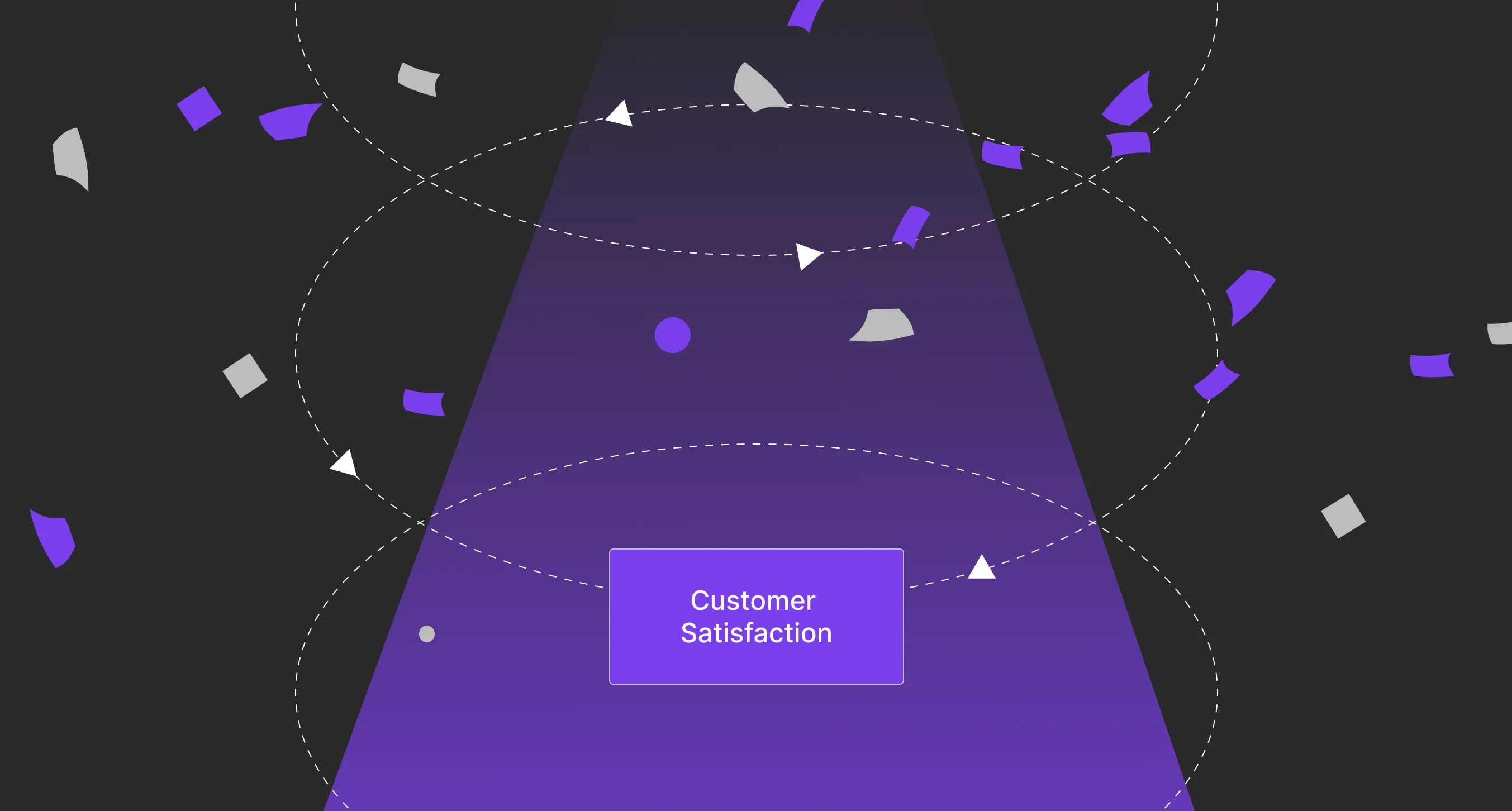

.webp)

.webp)
.webp)
-min%20(1).webp)
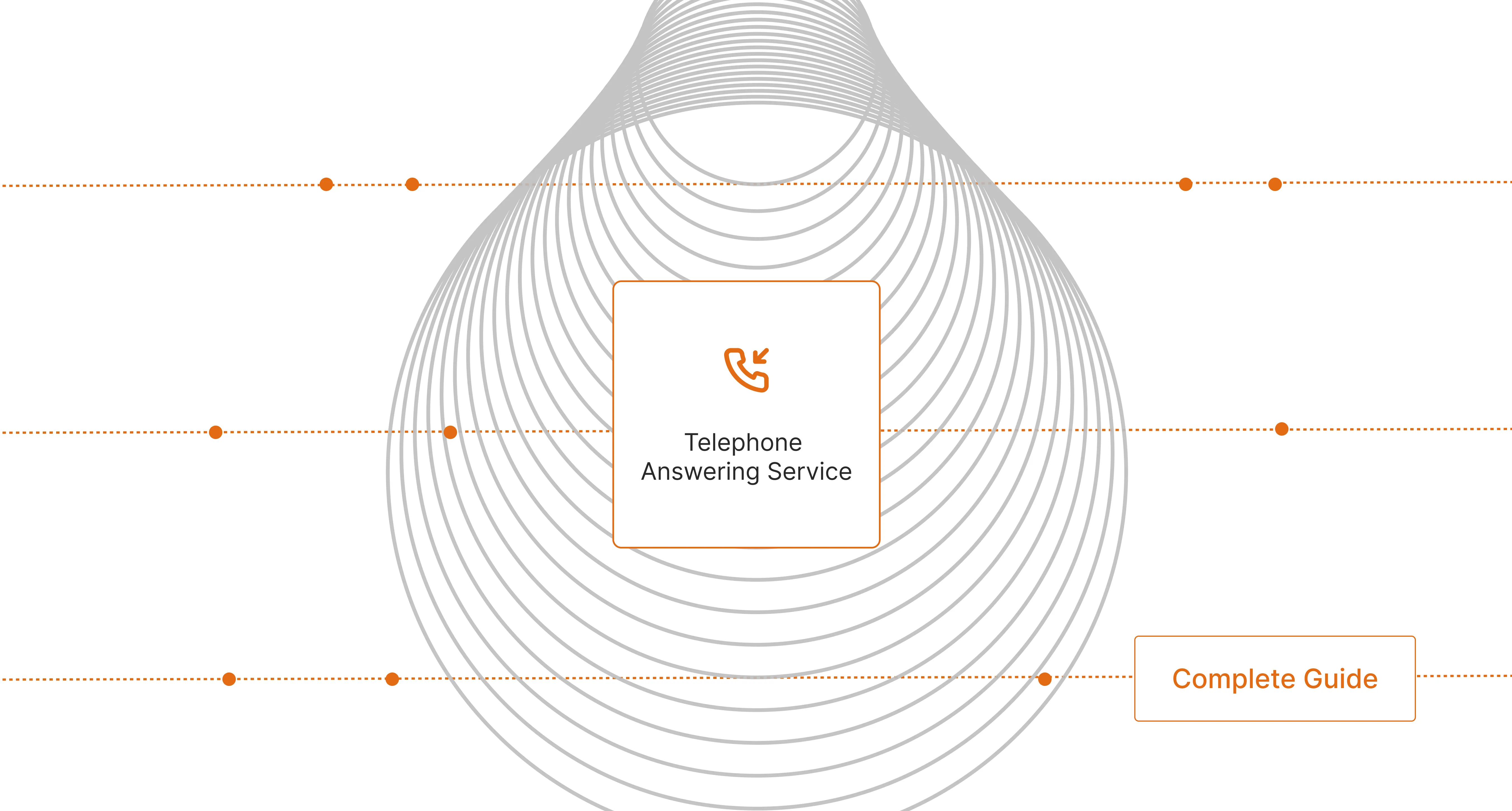


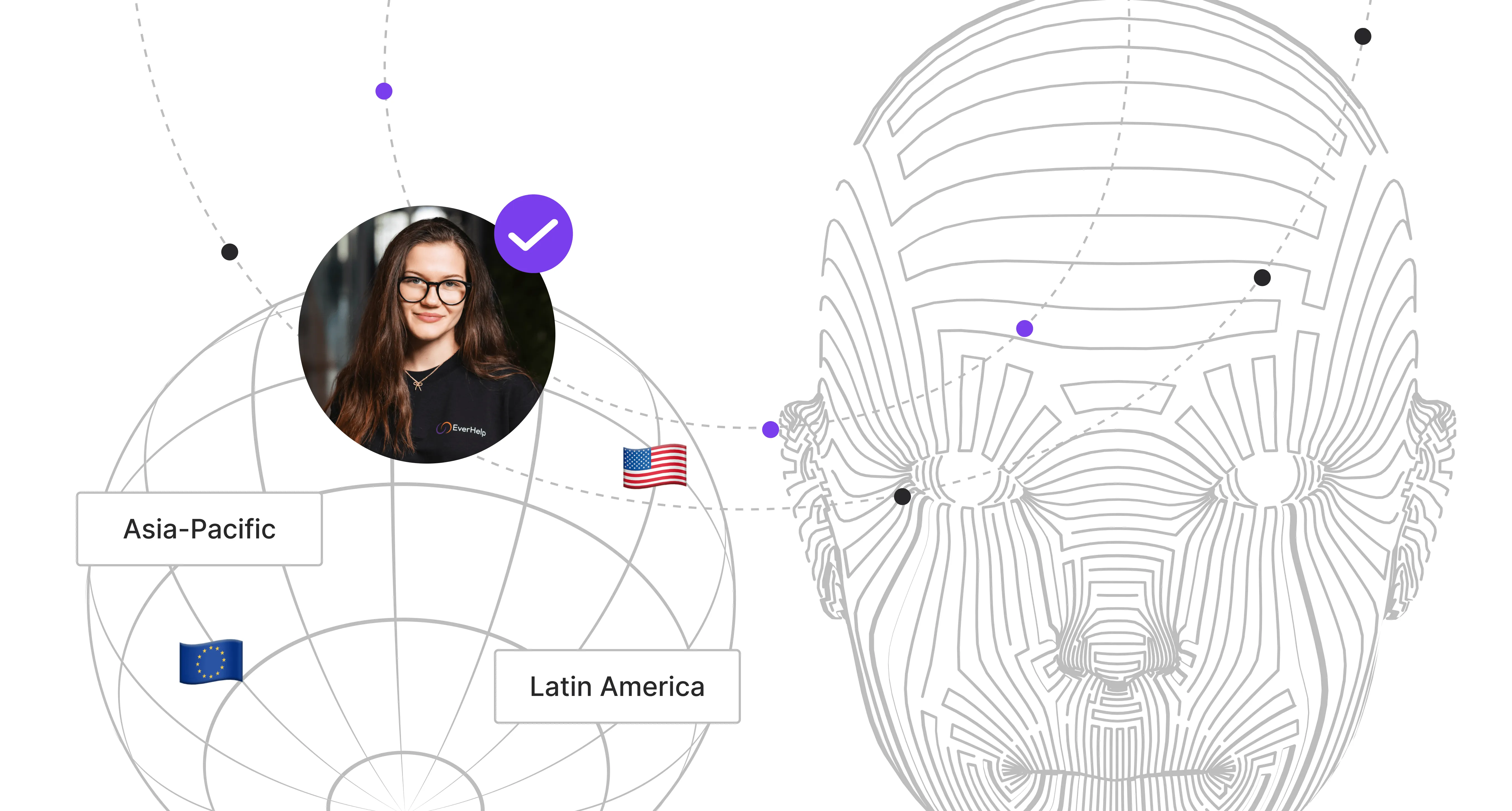
.webp)
.webp)
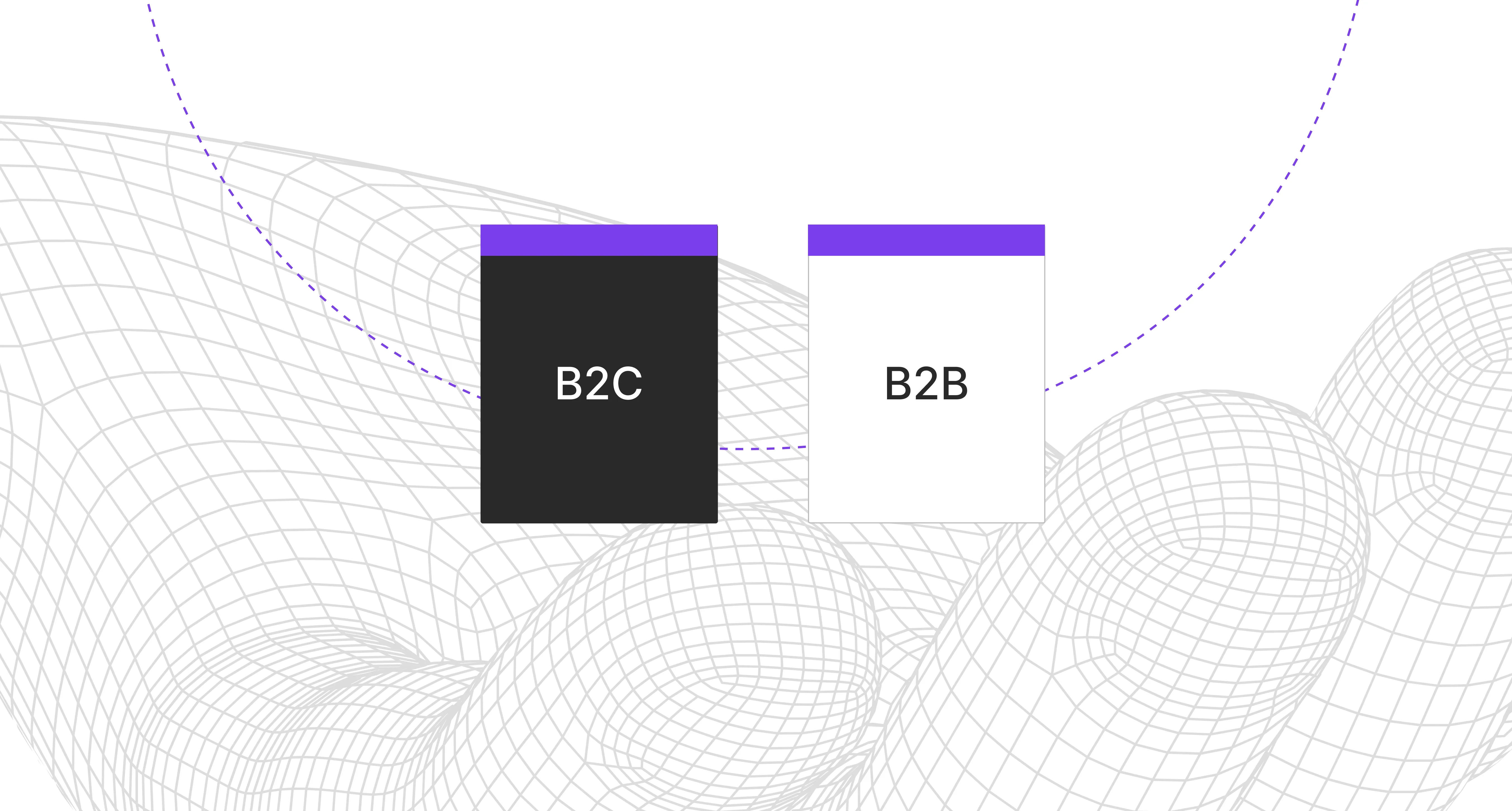

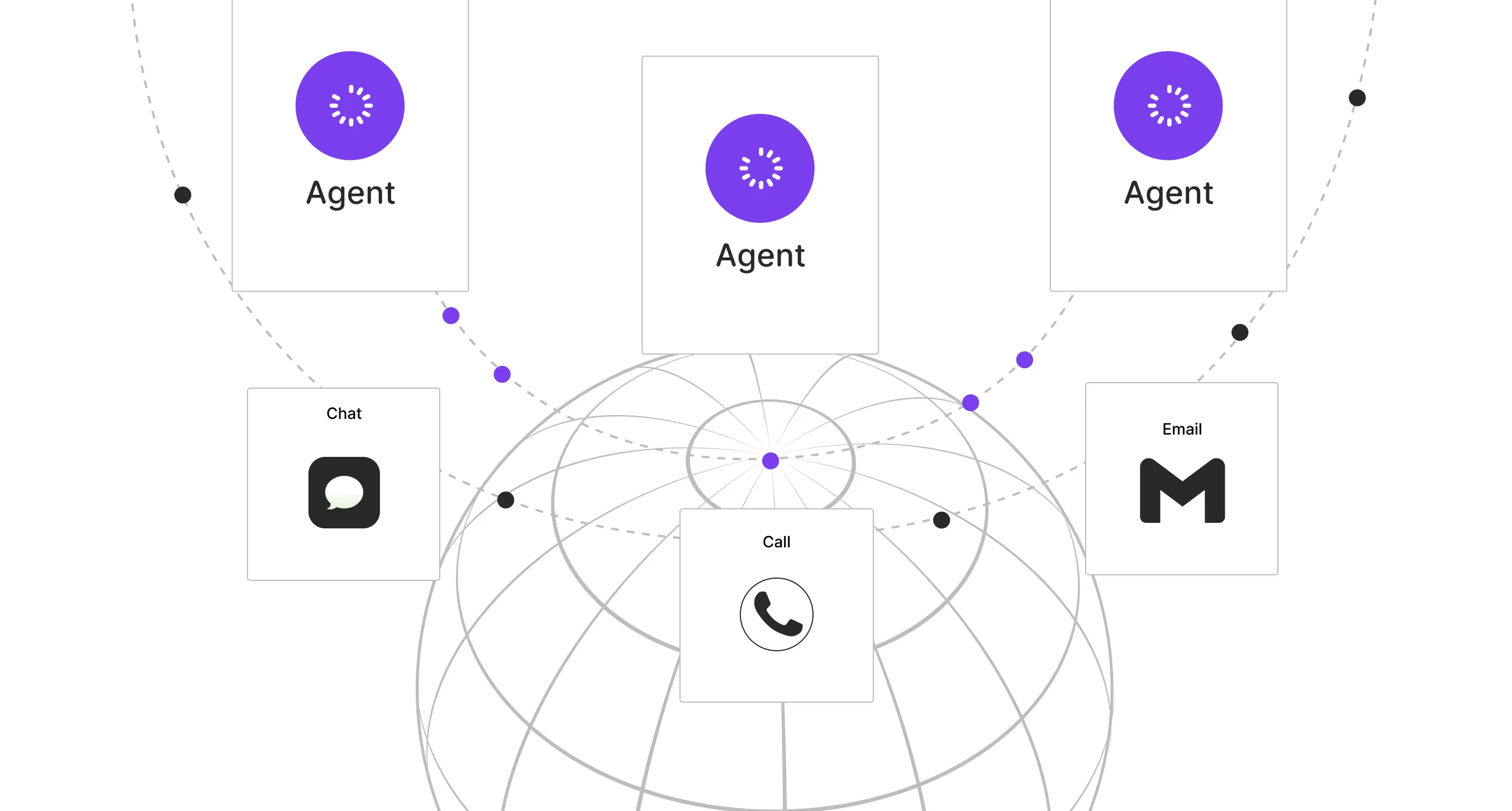








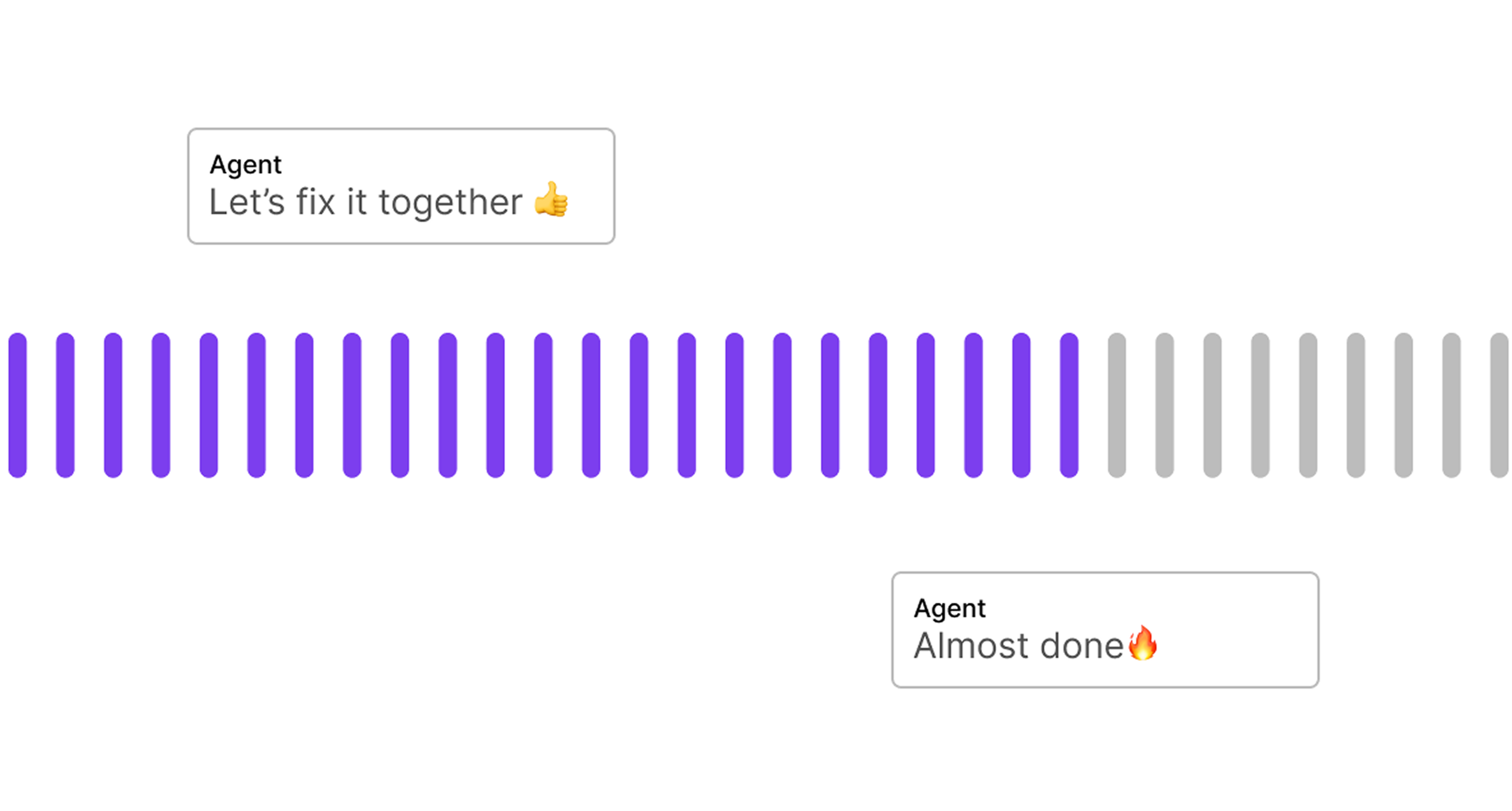

.webp)













